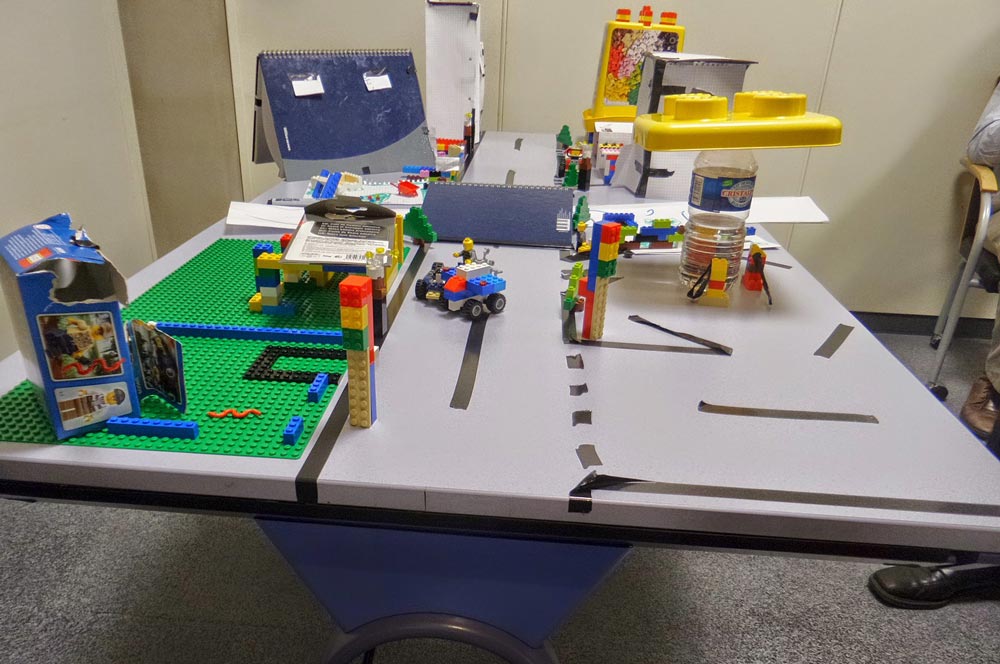

Varun Teja Pothukunuri, an expert in Product Development writes to DM about Agile Methodology.
It isn’t about working harder anymore;
it’s about working smarter, faster, and with greater purpose.
Agile Methodology, is a word that needs no introduction in today’s product development world. It has been the gold standard for product development, enabling teams to iterate quickly, respond to customer feedback, and deliver value incrementally. In the fast-paced world of modern business, adaptability is no longer just an advantage—it’s a necessity.
For years, the Agile methodology, but as industries evolve, technology accelerates, and customer expectations soar, the original Agile framework is starting to show its age. Enter Agile 2.0: a bold reimagining of the principles that revolutionized product development, designed to meet the demands of a hyper-connected, data-driven future.
When introduced in the early 2000s, it was a breath of fresh air in a world dominated by rigid, waterfall-style project management. Teams were able to escape bureaucratic constraints thanks to the Agile Manifesto’s emphasis on people and interactions, functional software, customer collaboration, and adaptability. Startups upended industry titans, software businesses shipped products more quickly, and even non-tech industries embraced its methods. Customers expect more seamless, customized experiences as remote work has become the new standard and artificial intelligence is completely changing the technical landscape. Agile’s fundamental principles are still useful, but they weren’t designed to manage the complexity of today’s ecosystems, which include distributed teams, real-time data flows, and the requirement for large-scale, ongoing innovation. Agile 2.0 aims to enhance existing practices for the future rather than replace them.
So What’s new in 2.0?
Unleashing the power of AI-driven advanced analytics, the teams just not only respond to customer feedback—theyanticipate it using AI-driven insights, predictive modeling, and real-time behavioral data. Imagine a product team that knows what users want before they do, iterating not just based on what’s said in a sprint review, but on what’s revealed through usage patterns and market trends.
Agile 2.0 embraces a continuous flow model, where work streams seamlessly, guided by dynamic prioritization. Think of it as a river rather than a series of dams; progress is constant, and value delivery isn’t bottlenecked by arbitrary timeboxes.
The best piece of serving that comes with Agile 2.0 is the redefining of collaboration. It leverages cutting-edge tools like virtual whiteboards, AI-assisted standups, and blockchain for transparent task tracking to ensure alignment across time zones. It also introduces modular frameworks that scale effortlessly, allowing organizations to coordinate dozens (or hundreds) of teams without drowning in bureaucracy. It borrows from systems thinking to ensure that every unit’s efforts ladder up to a cohesive strategy.
Think about a business creating a smart home appliance. An MVP would be created, tested over several months, and improved upon in the previous Agile era based on user feedback. They would use Agile 2.0 to push software updates every day, analyze real-time data from early adopters, and model the device’s performance in a virtual setting—all while working with a cross-functional team that included sustainability, software, and hardware specialists. The outcome? A product that is superior from the start and not merely quicker to market.
The next era of product development isn’t about working harder—it’s about working smarter, faster, and with greater purpose. Agile 2.0 is the spark that will ignite this transformation, turning good ideas into great products at a pace the world has never seen. Are you ready to lead the charge?